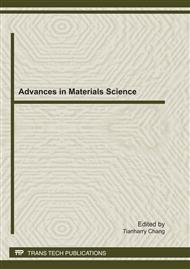p.12
p.17
p.23
p.27
p.31
p.37
p.41
p.45
p.49
Application of Skin Detection Based on Irregular Polygon Area Boundary Constraint on YCbCr and Reverse Gamma Correction
Abstract:
YCbCr color space is widely used in skin detection. An improved method is brought up in this paper: a method based on irregular polygon area boundary constraint on YCbCr color space. Experiments shows that this method get more accurate distribution of skin color in YCbCr color space and lower the false detection rate while keeps the precision rate. In consideration of that the value of pix on image is not the real pix in real life, an improved reverse Gamma correction is brought up for solve a problem in reverse Gamma correction. Experiment result shows that improved reverse Gamma correction is better than none improved reverse Gamma correction.
Info:
Periodical:
Pages:
31-36
Citation:
Online since:
September 2011
Authors:
Price:
Сopyright:
© 2011 Trans Tech Publications Ltd. All Rights Reserved
Share:
Citation:


